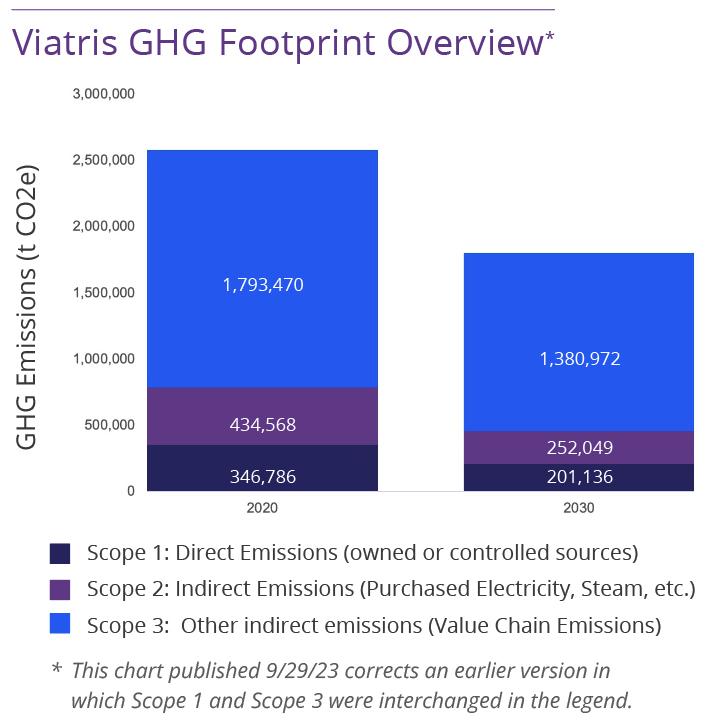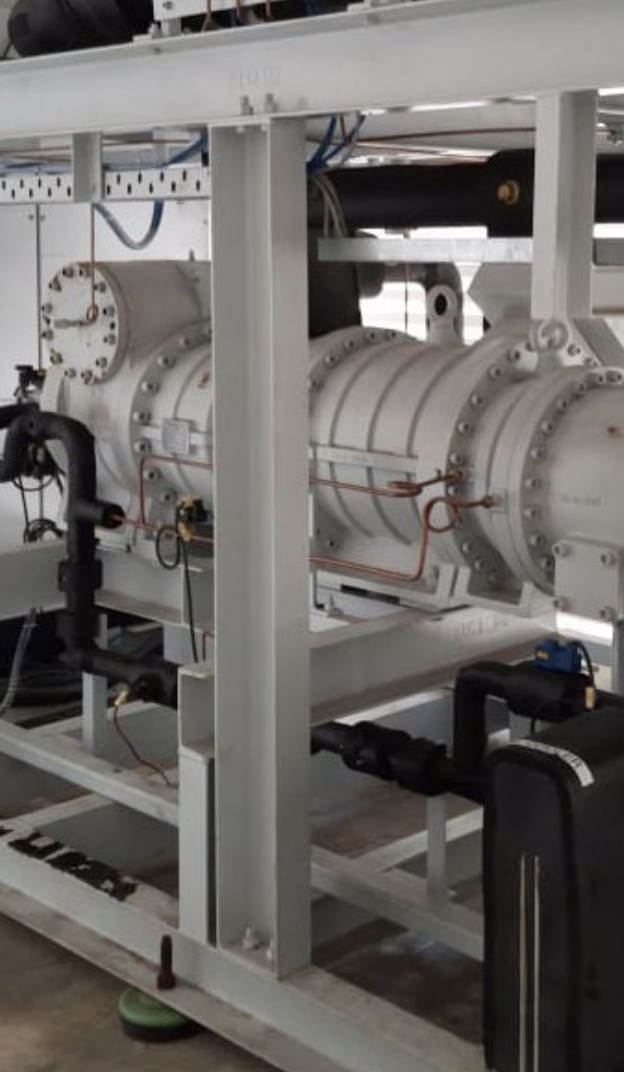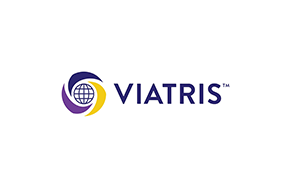Viatris 2022 Sustainability Report: Big Steps Toward a Smaller Footprint
Published 10-13-23
Submitted by Viatris

As a healthcare company with a global reach, we are committed to taking action against climate change, which poses health dangers on a worldwide scale. Our work to reduce the effects of climate change helps improve the health of those we serve, build resilience in our operations and protect the communities where we live and work.
Setting Science-Based Targets
The SBTi independently assessed and approved our greenhouse gas (GHG) emissions targets in line with its strict, globally recognized criteria in 2022. Science-based targets provide clearly defined pathways to reduce GHG emissions in line with the Paris Agreement’s goal of limiting global warming to 1.5°C of preindustrial levels. Having the targets validated and approved by the SBTi provides credibility to the relevance of our targets as we continue to work to do our part to fight climate change. The SBTi classified Viatris’ scope 1 and 2 target ambition and has determined that it is in line with the 1.5°C trajectory.
To establish our science-based targets, we collaborated with internal and external stakeholders over an eight-month period to review and validate the data required. The process included three phases:
- Discovery: Industry review, peer benchmarking, internal stakeholder interviews, emission data screening.
- Analysis: SBTi target calculations, climate scenario analysis (key risk/opportunities), internal stakeholder reviews.
- Strategy: Emission reduction strategies to achieve our target. Specifically, our strategy holds three key areas: Increasing the use of renewable electricity, enhancing operational efficiencies and equipment upgrades and alternative fuel usage.
We are also working to reduce carbon emissions across our supply chain. We work across all three of our freight transportation modes - road, ocean and air - to that end. Transport efficiency is a primary objective. We focus on full truck loads and double stacking of pallets where possible. Full truck loads are considered the most efficient mode of transit. The sourcing of transportation providers considers sustainability as a factor. Our key logistics suppliers have sustainability programs and are active in reducing GHG emissions. To enable the shift to ocean and road freight - which is less GHG intensive than air - we have been building in more time for transportation into our processes, which hinges on good demand data and forecast planning. We have a rapid response system and have established a standard operating procedure to make ocean freight our standard mode. In 2022, road and ocean represented 89% of all transport. As timely access to medicine is the priority, there are exceptions when speed is of the essence.
Building Readiness via Climate Scenario Analysis
Building readiness and improvement where needed starts with information. Viatris concluded its climate scenario analysis in 2022 to re-assess and better understand our exposure to physical and economic risk drivers based on different climate change scenarios. With a global operational presence and supply chain, understanding how the exposure to climate-related events looks across geographies and to what extent locations are vulnerable to these impacts helps us understand our associated risks and opportunities. Using this information will help inform future business strategies. Our areas of focus have been protecting and enabling stable access to water, helping protect public water resources and maintaining operations during extreme weather events. The climate scenario analysis confirmed the relevance of these activities.

Renewable Electricity
A key strategy to achieve our GHG-reduction goal is to take advantage of cost-effective renewable electricity. The supply of renewable electricity and low-carbon fuels looks very different across the world, which informs our approach in different geographies. Examples of actions implemented across our sites includes the following:
- In 2022, the Hosur Injectables facility in India initiated a new power purchase agreement, enabling it to source 34% of its electricity requirements from renewable sources. Previously, the site used only electricity from the local grid.
- At API Unit 8 in India, 3,200 kWp ground-mounted solar panels were commissioned, which, along with a power purchase agreement, amounted to more than 13 million kWh of renewable electricity. That represents more than 25% of the total electricity consumed, an increase of renewable electricity by 8% since the prior year.
- Our Carole Park site in Australia, which produces oral solid doses, is in process of installing a 99 kW solar PV system. This is estimated to generate 158,000 kWh a year. The site anticipates expanding its solar capabilities.
Optimizing Operations
Continually working to make improvements, finding ways to be more efficient and optimizing processes and operations are key to reducing environmental impact overall and to reducing the impact on and from climate change. Viatris’ sciencebased targets confirm and underscore the importance of this approach, which has always been a focus of our environmental standards and management system. Some examples from 2022 include:
- As part of a project to replace a thermal oxidizer heat exchanger, the team at our St. Albans site in the U.S. identified that the upgraded unit was able to maintain the required destruction efficiency while operating at 100° F lower temperature. This change reduces the energy use of the system by about 5%.
- With our global operations network, continuing to implement LED lighting projects throughout remains important to reduce energy consumption, reduce GHG emissions and lower operating costs.
- We engaged sites to replace end-of-life equipment with more efficient versions capable of reducing energy use, operating costs and GHG emissions. We completed multiple projects to upgrade or replace our industrial chillers, heating, ventilation and air conditioning systems and boilers — three essential utility components of pharmaceutical manufacturing operations.
We have reported to the CDP climate program since 2017 and make our climate and water responses available on CDP’s public response web page to better inform stakeholders.
2022 CDP Scores
Water security B
Climate change B–
Introducing Cleaner Fuel Sources in Our India Facilities
- In August 2022, we began using liquid petroleum gas (LPG) at our injectables facility in Hosur, decreasing scope 1 GHG emissions by approximately 7% compared to the prior year. A full year of using the LPG should reduce scope 1 GHG emissions by approximately 18%.
- Our facilities in Nashik and Indore have installed agro-based briquette-fired boilers for generating plant steam. This is in addition to our facility in Aurangabad, which started using the briquettes in 2020 as a fuel.
- To reduce sulphurdioxide emissions, the site located in Ahmedabad replaced furnace oil with low-sulphur content fuel.
In 2022, we introduced heat pump technology at two facilities: the OSD facility in Chatillon, France, and the Injectable facility in Bangalore, India. These systems enable us to transfer waste heat from one process to support another, thereby minimizing the need for boiler-supplied heat. The two systems combined to reduce our carbon emission by approximately 1,170 mt.
View the full 2022 Sustainability Report here.

Viatris
Viatris
Viatris Inc. (NASDAQ: VTRS) is a global healthcare company empowering people worldwide to live healthier at every stage of life. We provide access to medicines, advance sustainable operations, develop innovative solutions and leverage our collective expertise to connect more people to more products and services through our one-of-a-kind Global Healthcare Gateway®. Formed in November 2020, Viatris brings together scientific, manufacturing and distribution expertise with proven regulatory, medical, and commercial capabilities to deliver high-quality medicines to patients in more than 165 countries and territories. Viatris’ portfolio comprises more than 1,400 approved molecules across a wide range of therapeutic areas, spanning both non-communicable and infectious diseases, including globally recognized brands, complex generic and branded medicines, and a variety of over-the-counter consumer products. With more than 38,000 colleagues globally, Viatris is headquartered in the U.S., with global centers in Pittsburgh, Shanghai and Hyderabad, India. Learn more at viatris.com and investor.viatris.com, and connect with us on Twitter at @ViatrisInc, LinkedIn, Instagram and YouTube.
More from Viatris

